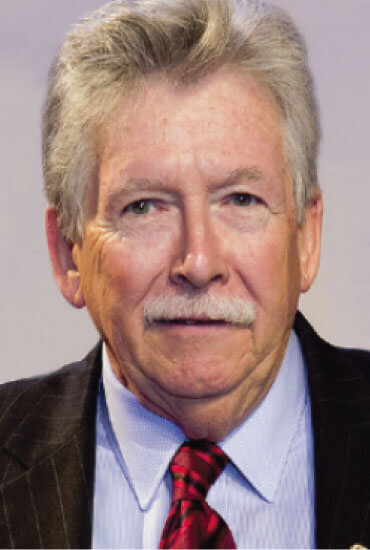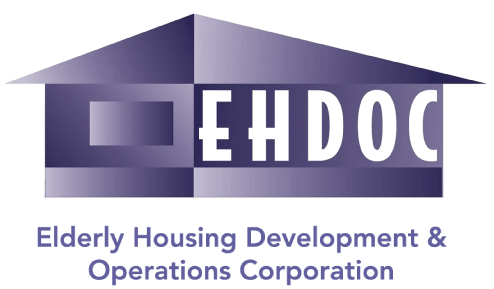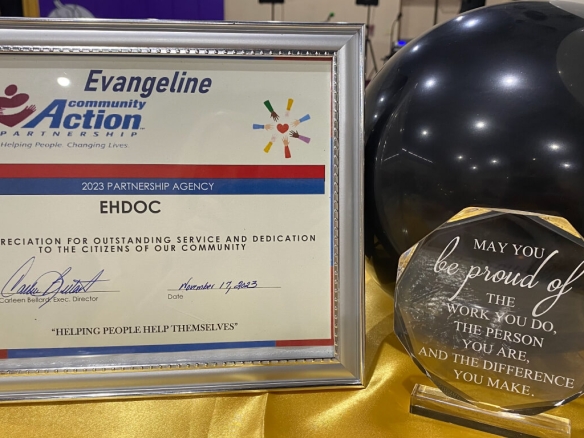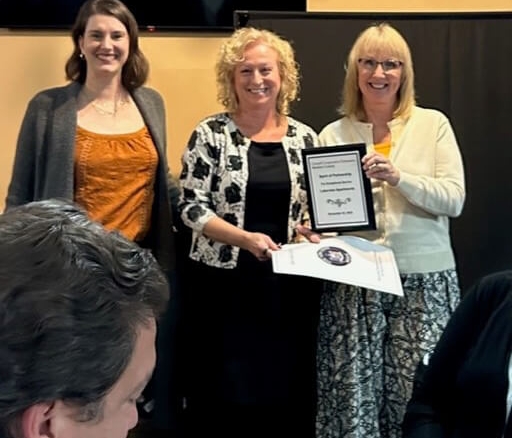From our Chairman of the Board: Summer 2020
These Difficult Times Require Effective Communication to Support Safe and Affordable Senior Housing

by Christopher M. Shelton, EHDOC Board Chairman
While some older persons are very fortunate to live in safe and affordable senior housing, it has been revealed during these difficult times with coronavirus that a high unemployment rate and homelessness has had a dire impact on the elderly and their families, causing more of a critical shortage of affordable senior housing. It is vital that we effectively communicate with our elected officials and candidates to educate them on the cost-effective health and housing benefits of senior housing; and the critical need to promptly expand the supply, particularly more funding for the Section 202 elderly housing program.
What is effective communication and how do we achieve it? Some of you may recall that last year the Administration had also proposed to cut federal funding for affordable housing, including zero funds for construction under the Section 202 program. Yet, through active participation with others, EHDOC residents, their families, our Board members, partners and others took a number of decisive actions, including letter writing, meetings, social networking, and rallies, that resulted in Congress funding these vital programs, including $90 million for Section 202 construction of affordable senior housing.
As EHDOC Chair and as President of the Communication Workers of America (CWA), I have a keen interest in how EHDOC effectively communicates our mission and public policy priorities to assist our senior residents and others seeking affordable senior housing and services.
While there are some variations, many of us are familiar with the basic “5 W’s” of effective communication and journalism: who, what, where, why and when; as well as the often accompanying how. In Politics, these 5 W’s were modified and popularized by Harold Lasswell’s book: “Politics: Who Gets What, When, How.” Therefore, how do we apply these basic aspects of effective communication for the Administration’s proposed FY2021 federal budget for affordable senior housing?
What’s our message? What do we want: to increase federal funding for affordable senior housing, particularly Section 202 Supportive Elderly Housing construction funds. While we are pleased that the Administration is seeking $100 million for Section 202 construction funds, this vital program should be funded at a minimum of $600 million, as it was a decade ago ($582 million in FY2010) and preceding years.
Why do we want this increased funding? Steve’s article in this issue (and preceding issues) of Housing with a Heart provides background on the critical need for increased funding including: critical shortage of affordable housing, multi-year waiting lists for EHDOC residences; increased homelessness and vulnerability to become homeless; as well as taxpayers benefits with this cost-effective program’s impact on health and long-term care costs.
Who do we want to communicate/educate on the need to increase funding? We want to educate our current Congressional members especially where EHDOC has facilities (their constituents), particularly a member of Congressional leadership, including key committees or subcommittees, such as Housing Appropriations (Transportation and Housing and Urban Development). In addition, we want to communicate/educate candidates seeking national (White House, Congress), state (Governor, state legislators), and local offices (Mayors and city council).
When do we want to communicate our concerns to increase the supply of affordable senior housing? ASAP. The proposed budget was introduced in early February. The key Congressional commit tees have already begun hearings and other actions to gather background information prior to voting this Spring. The fiscal year (FY) 2021 budget is supposed to begin October 1st, 2020. It is anticipated that Congressional action will be accelerated this year because of the elections.
Where is the most effective place to communicate with our elected officials (and candidates)? Every opportunity that you have to be with an elected official or candidates, as well as their key staff members who are responsible for affordable housing, services and health care for the elderly. While their national office is an important place to meet with Congressional members (and key staff), it may be easier to meet at their district or state office. However, the most effective place to communicate with elected officials or candidates is to invite them to EHDOC communities so they can learn first-hand about our residents (their constituents) and how an investment of federal funds (including the Section 202 program) benefits older persons, the state and local community, and taxpayers.
How is the remaining question. EHDOC, our residents, and others have many options and can use their best judgement on how to effectively communicate these “who, what, where, when and how” actions. As cited earlier, residents and others supporting affordable senior housing can write letters (text, emails and other written communications), make calls, meet with elected and key public officials, candidates, and their staff; attend or conduct rallies and public forums; write articles, conduct interviews, testify, make videos as well as the use of other media to increase public awareness; run for office, volunteer and contribute to candidates and so forth.
Each of you reading this article can be an effective advocate for EHDOC’s mission and with collective actions to increase federal funding (particularly the Section 202 Supportive Housing for the Elderly program). In closing, I’d like to reference two motivational speakers regarding effective communications: Jim Rohn – “Effective communication is 20% what you know and 80% how you feel about what you know.” and Zig Ziglar – “You never know when a moment and a few sincere words can have an impact on a life”….particularly a vulnerable older person seeking affordable housing with services.




